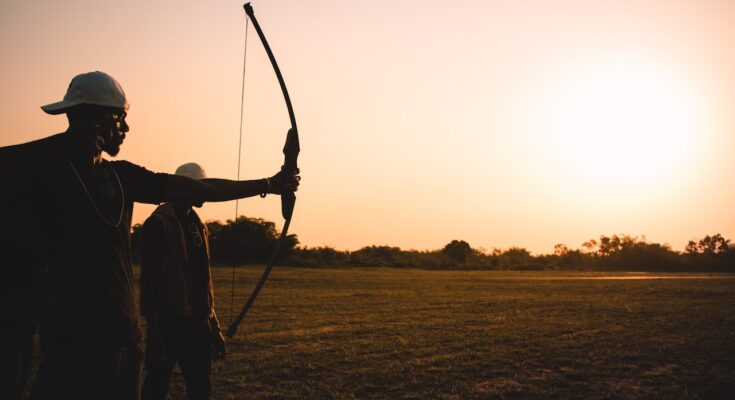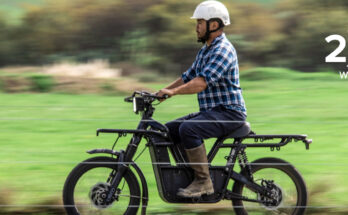The beginning is the hardest part of everything in our life – but using the bow that’s not suitable for you will harden the learning curve and your learning process won’t be as efficient as it could be.
You’re just starting, you might not know a lot about bows – but you’re determined to start hunting with a bow. So how do you choose the best bow as a beginner?
There is no one-fits-all type of an answer, but in this post, we do our best to help you learn everything you should know about bows to learn how to make the right choice.
Why is it Important to Find a Bow Suitable for Your Needs?

Did you ever hear that every hunter will have its own hunting style? You can choose between a rifle or a bow – but the way you hunt will be up to the correct technique and whatever you’re comfortable with.
But why is this important? Without having the proper bow, you won’t be able to learn the technique correctly, you won’t be able to become accurate, and in some situations, you might not even feel comfortable using the bow.
And before you think of switching to a rifle – you should consider the benefits of hunting with a bow before you make the decision.
Bow selection can be an overwhelming process to most hunters and especially beginners – but it’s a process that everyone went through and you must take time to learn about it before just jumping to the decision.
Not using a suitable bow will only make hunting a lot harder, you might not be as accurate as you could be, and improving from that point on will be very hard.
You might be confused, overwhelmed, or tired of learning new information from different sources that probably conflict with each other – but we’re here to assure you that you’re in the right place.
Keep on reading to find out why!
How to Choose the Best Bow for Beginners
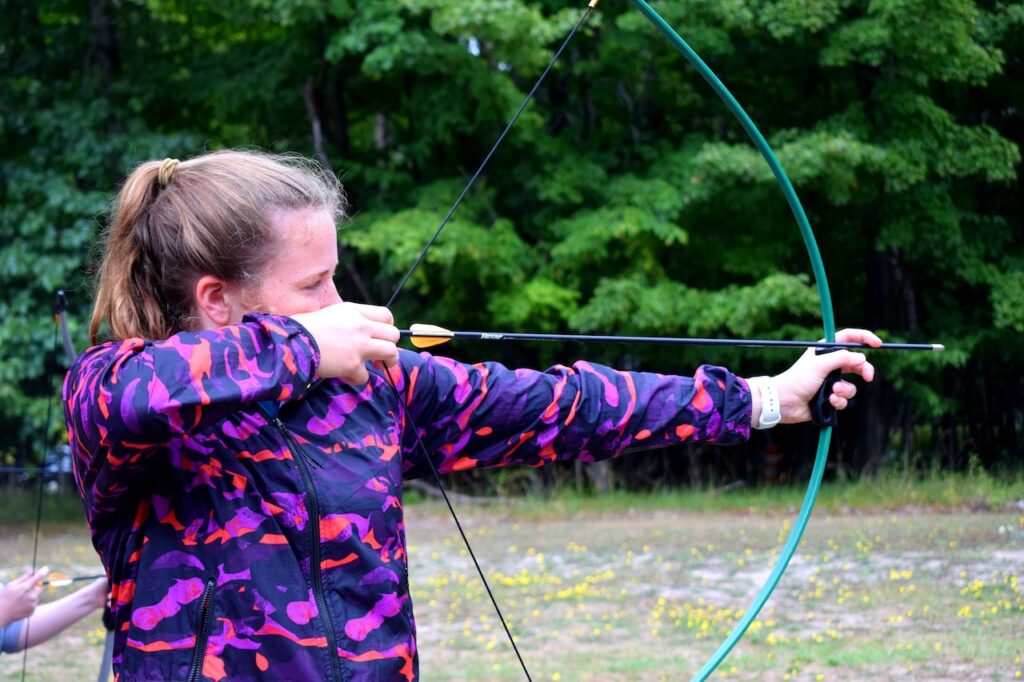
As a beginner, you might not be a very efficient bow user so there are quite a couple of things you should think of when choosing your first bow.
Here’s a list of the things you’ll have to focus on the most to make a good choice (with an explanation below):
- Bow type
- Materials
- Draw weight
- Additional accessories (sights, silencers, and stabilizers)
- Extra supplies
Bow Type
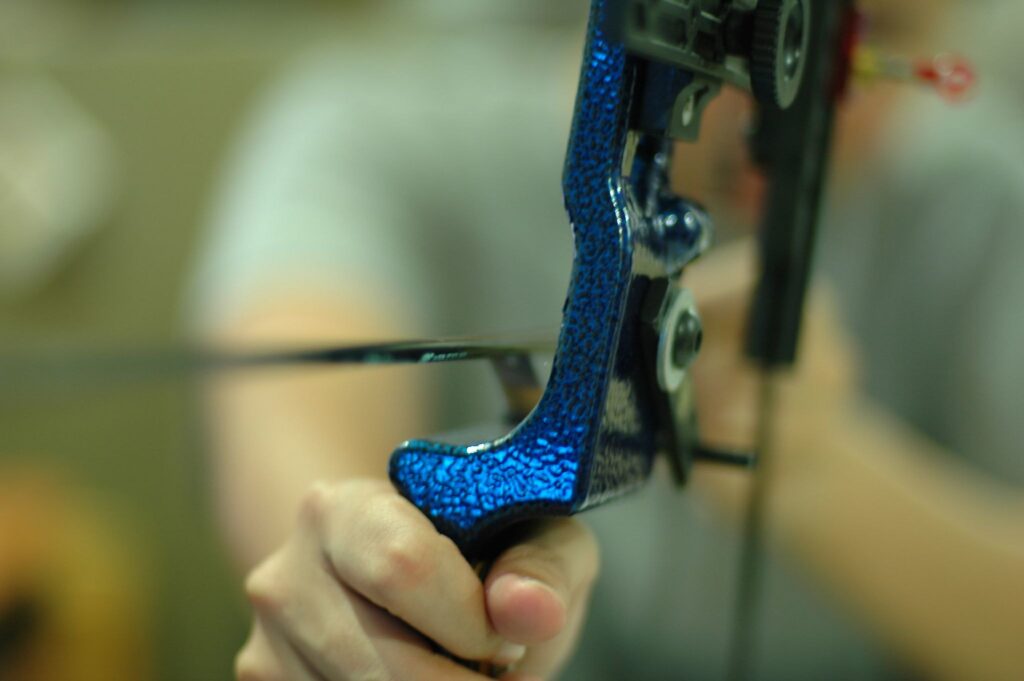
The main two types are recurved or compound bow. While a recurved bow is more of a traditional bow – a compound bow is more of a modern type that focuses on utilizing the most modern materials and systems.
As a beginner, we believe that a compound bow is a great way to get started and once you learn the proper technique, become accurate, and get used to the heavier draw weight – you could try out a recurved bow.
However, the downside to compound bows is that they’re a bit more expensive (but are totally worth the cost!) and are a bit harder to maintain – so that’s something you should keep in mind.
Materials
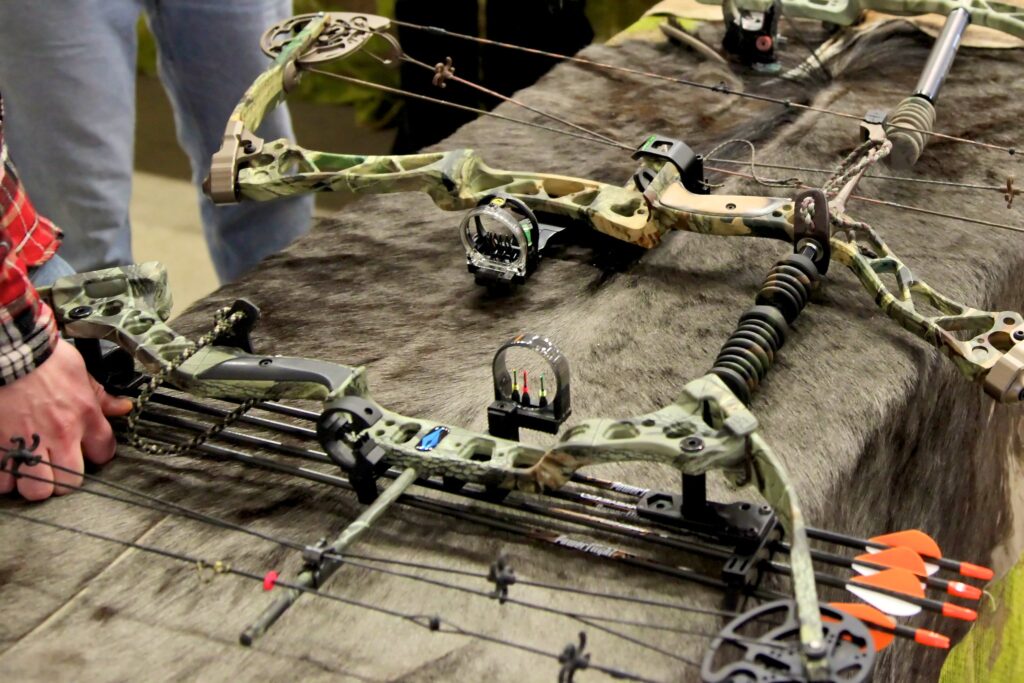
Bows are made with different materials and each material has its pros and cons.
The cheapest material out there is plastic or fiberglass and even though they’re a lot cheaper than other materials – they tend to break a lot sooner.
Wood is very reliable, and metal is even better than wood – however, you should prepare a bit bigger budget for the top material.
As a beginner, starting with a plastic or fiberglass is a good option as you start out and then move up once you get a hang of it.
Another thing worth noting is that compound bows are usually made out of metal so you won’t be able to choose the material.
Draw Weight
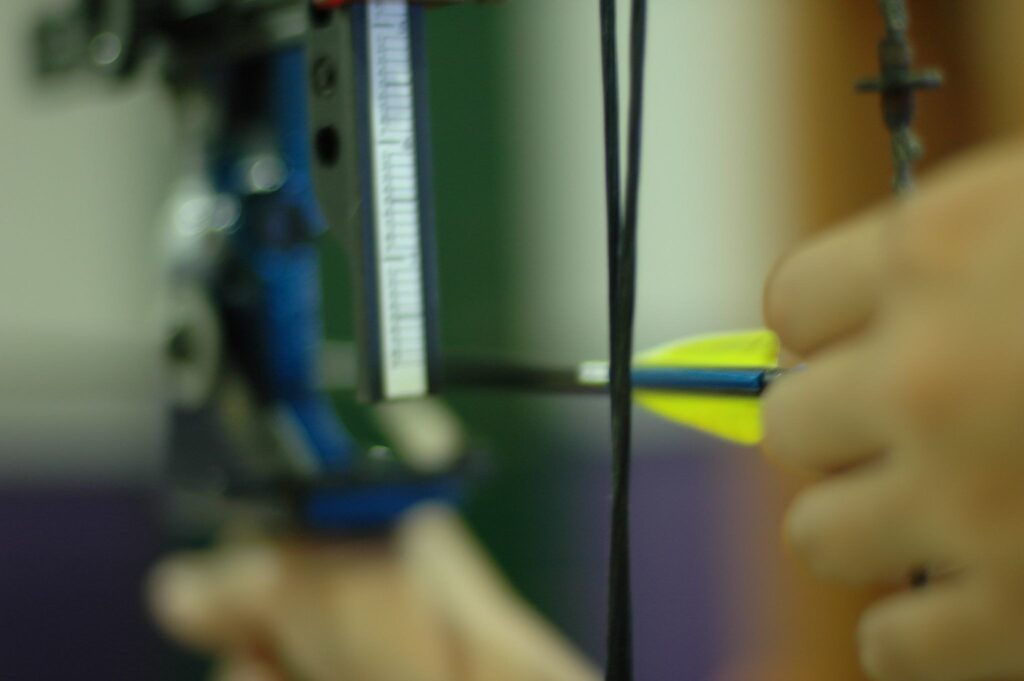
Draw weight represents the amount of force that’s required to fully pull back the bowstring and it often can be found on the side of beginner bows.
Too much draw weight will only put a strain on the beginner and once you figure out the number of times you will have to fully pull the bowstring back – you will realize that it’s a lot safer to go with the lower draw weight.
Draw weight will depend on the experience you have with bows, your physical attributes, but also the age and the gender.
It’s best to try to draw weight before purchasing the bow. If draw weight seems light at first, try repeating the drawback 50 times to see if it still feels light.
Accessories & Supplies

Depending on the type of bow you choose, you’ll be able to find and add accessories that could help you with your practice and precision.
These accessories include sights, silencers, and stabilizers, while you will also be able to find extra supplies such as arrows (which you’ll need), bow stringer, string wax, arrow fletchings, and even glove to protect your fingers.
These are all things you won’t need straight away, but they would be really useful if you’re just learning to shoot with a bow and get really accurate.
However, they’ll be an additional expense which might not be ideal for someone who’s on a tight budget. But can find the best bow for beginners even if you don’t have money for additional accessories?
You definitely can and even though you might have to sacrifice a couple of things at first, you can get started without having to worry you’re “missing” on something very important.
Conclusion
If you were getting a headache from trying to find the best bow for beginners – we hope that this article was a lot more helpful.
Here, you can know exactly what to look out for, what to expect from your first bow, but also what you should pay attention to things that are important for beginners who are just getting started.
What type of bow do you prefer more? Do you think a compound bow is the best option for beginners?
We’d love to hear back from you so don’t hesitate to leave a comment or question down below and we’ll do our best to help you all out!

